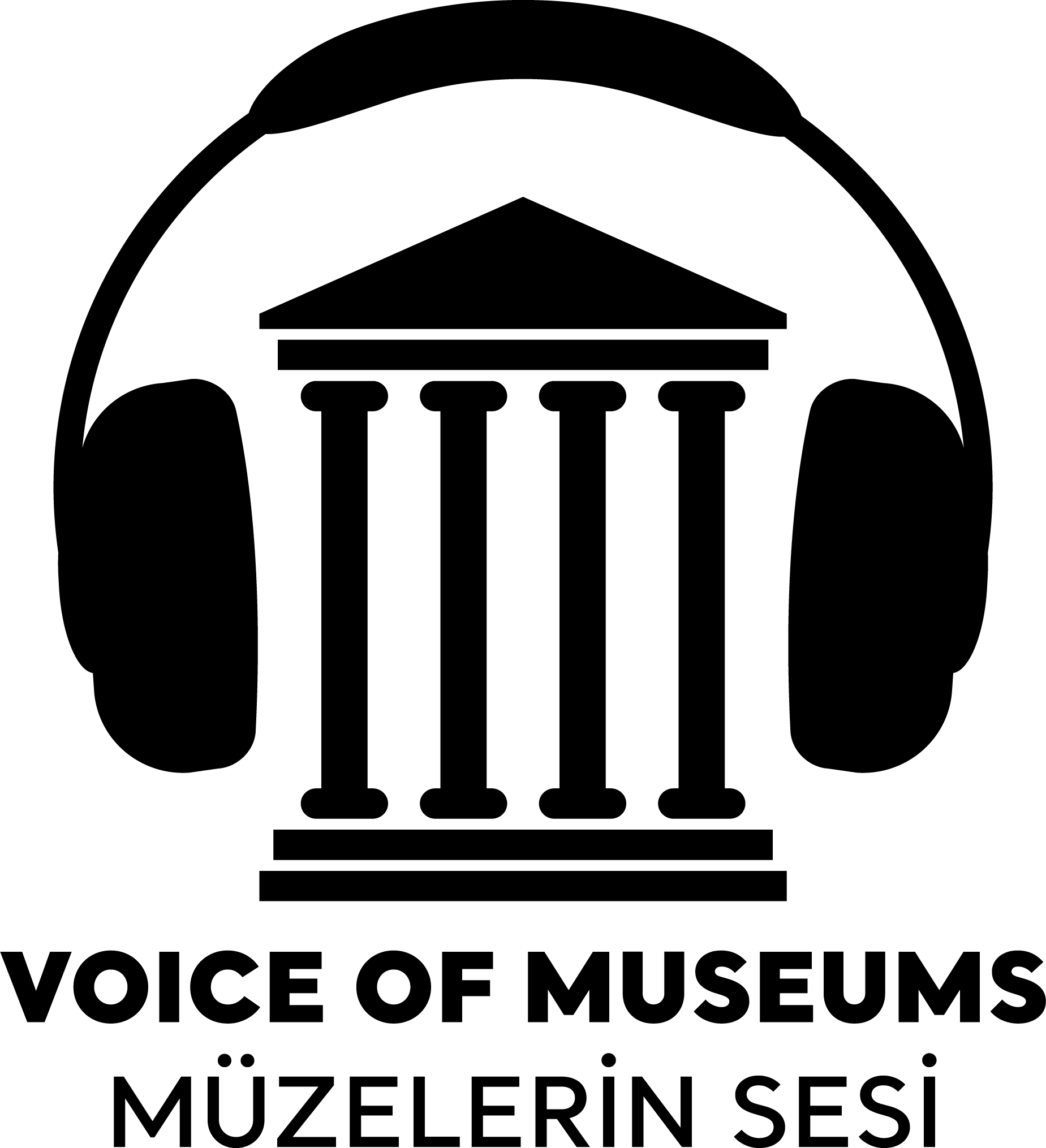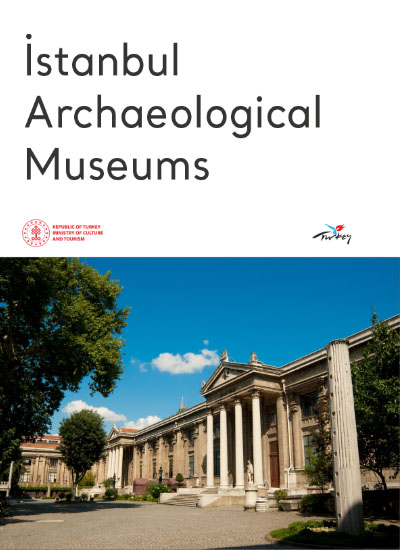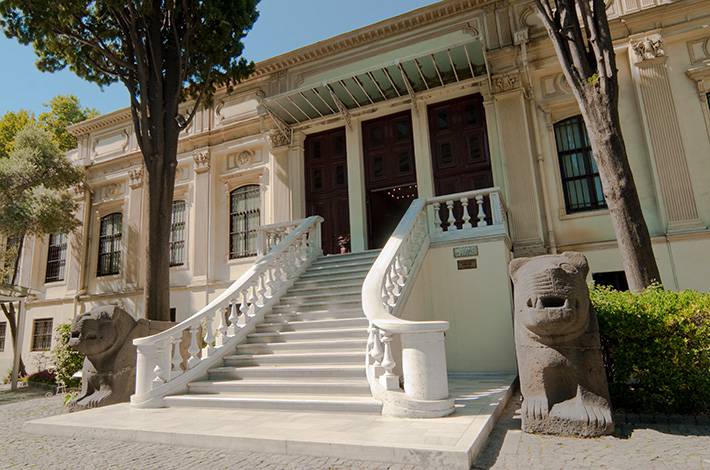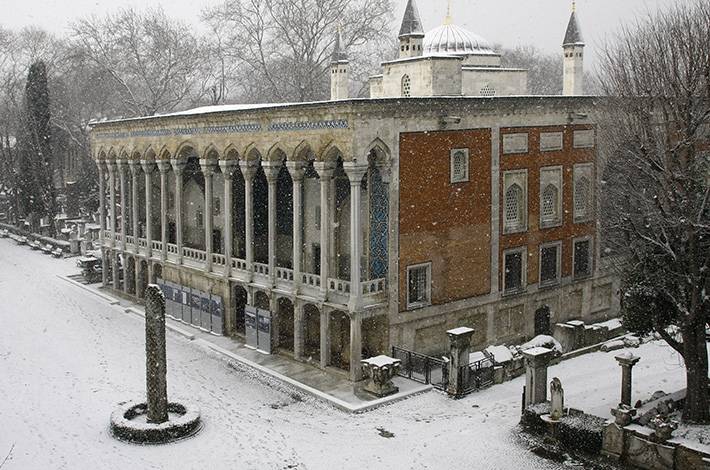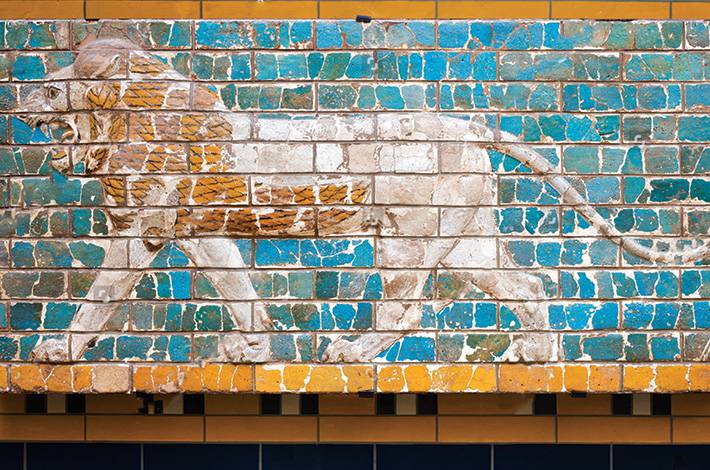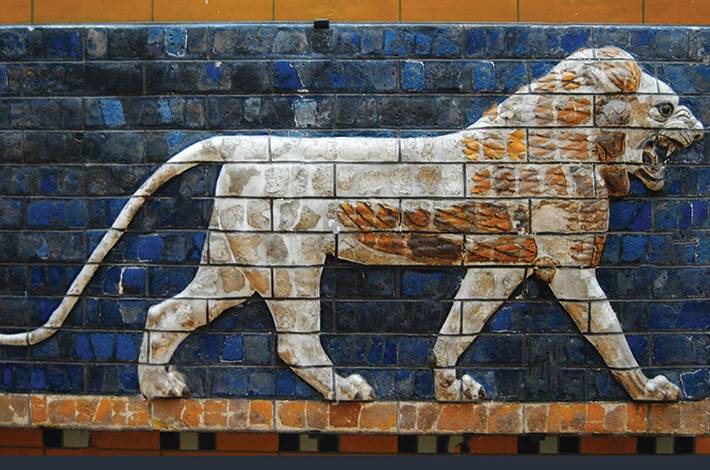The İstanbul Archaeological Museums is Turkey's first museum and comprises three main units: The Archaeological Museum, the Museum of Ancient Oriental Art, and the Tiled Pavilion Museum. The collections, which include nearly one million artefacts from various cultures, were collected during the Ottoman Empire and the Republic of Turkey. The interest in collecting historical artefacts in the Ottoman Empire dates back to the reign of Sultan Mehmet the Conqueror. Museology began institutionally in 1869 with the establishment of the İstanbul Archaeological Museums as the 'Müze-i Humayun', the Imperial Museum. The archaeological artefacts collected in Hagia Irene Church until that day form the basis of the İstanbul Archaeological Museums. The 'Tiled Pavilion', built during the reign of Sultan Mehmet the Conqueror, was converted into a museum when Hagia Irene became insufficient. The Tiled Pavilion, which is still affiliated with the İstanbul Archaeological Museums, was restored and opened to visitors as a museum in 1880. In 1881, a new era in Turkish museology began with the appointment of Osman Hamdi Bey as the museum's director. Osman Hamdi Bey conducted excavations at Nemrud Mountain, Myrina, Kyme, and other Aeolian necropolises. He also excavated the Temple of Hecate in Lagina. As a result of his excavations in Sidon between 1887 and 1888, he discovered the Sidon King Necropolis and returned to Istanbul with many sarcophagi, including the world-famous Sarcophagus of Alexander. The Tiled Pavilion, dated to 1472, is the oldest building in the Istanbul Archaeological Museums complex. The Tiled Pavilion Museum is an excellent example of Ottoman civil architecture. It currently exhibits a collection of Turkish tiles and ceramics. The Museum of Ancient Oriental Art is housed in a building that was constructed in 1883 by Osman Hamdi Bey as the Sanayi-i Nefise Mektebi (The Academy of Fine Arts). The building's architect was Alexander Vallaury, who later designed the Classical building of Istanbul Archaeological Museums. In 1917, the academy relocated to Cağaloğlu, and this building was allocated to the directorate of museums. A new building was required to exhibit the impressive artefacts from the Sidon King Necropolis Excavation, such as the Alexander Sarcophagus, the Sarcophagus of Weeping Women, the Lycian Sarcophagus, and the Tabnit Sarcophagus. The classical building was constructed opposite the Tiled Pavilion by Alexander Vallaury, and opened to visitors in 1891. The Archaeological Museum is a rare example of a purpose-built museum from the time it was constructed. It is one of the most beautiful and magnificent examples of Neo-Classical architecture in Istanbul. The Ottoman inscription on the pediment reads 'Asar-ı Atika Museum' (Museum of Antiquities). The inscription's tughra belongs to Sultan Abdülhamid II.
İSTANBUL ARCHAEOLOGICAL MUSEUMS
